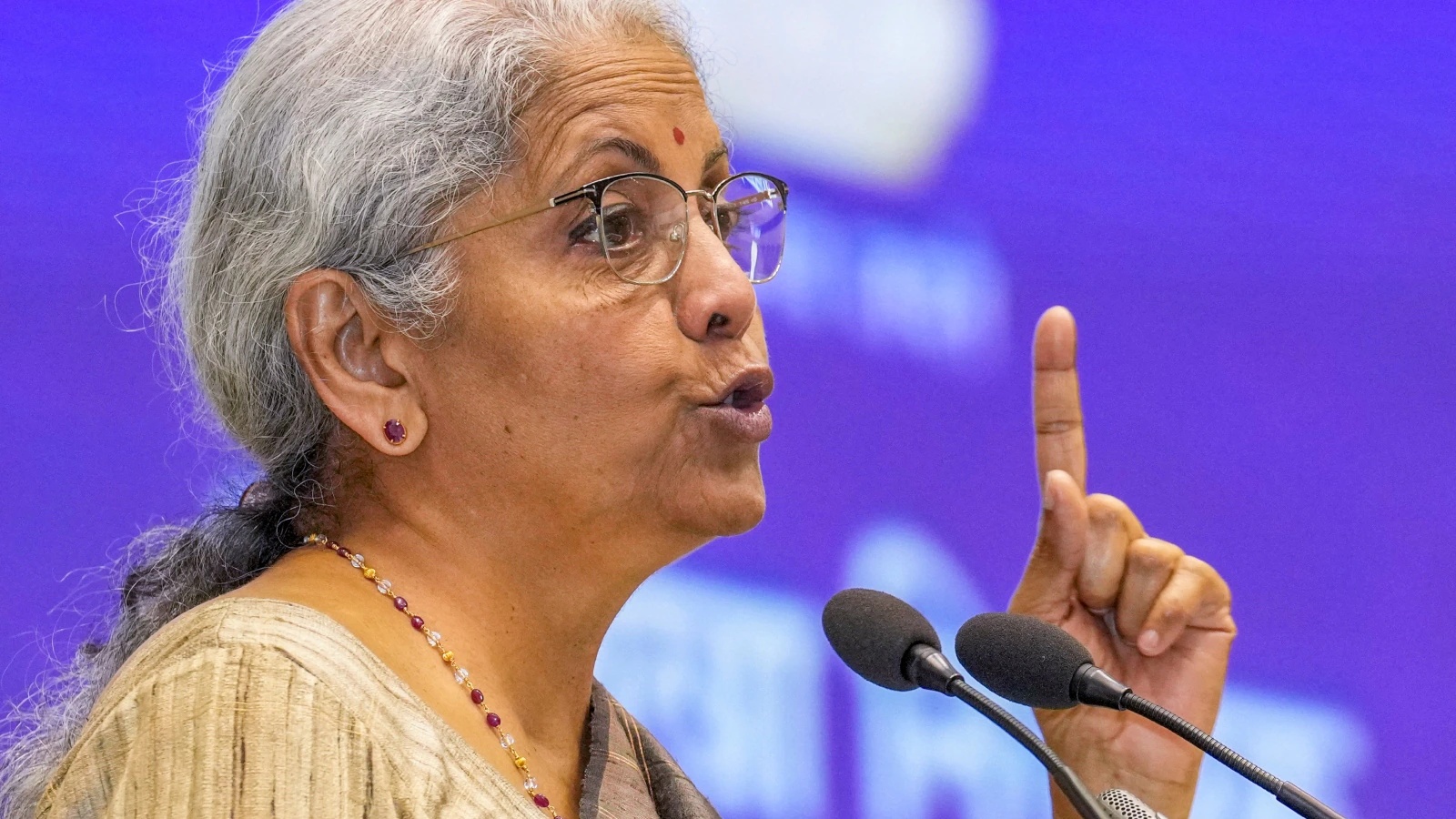
Central Government Employees to Remain Under National Pension System
India’s Finance Minister, Nirmala Sitharaman, has clarified that the government has no plans to revive the Old Pension Scheme (OPS) for central government employees currently enrolled in the National Pension System (NPS). In a written reply to parliamentary queries, Sitharaman emphasized that the decision to phase out OPS was driven by its unsustainable fiscal impact on public finances. The government has instead opted for the NPS framework, which offers a more sustainable approach to pension management. This move aligns with broader reforms aimed at balancing fiscal responsibility while ensuring adequate retirement benefits for public sector workers. The Finance Minister’s statement comes amid ongoing debates about the long-term viability of pension schemes in the Indian context, particularly as demographic shifts and economic pressures continue to shape policy priorities.
Evolution of Pension Policies Under the National Pension System
The National Pension System, introduced in 2004, represents a significant shift from the traditional defined-benefit model of the OPS. Unlike OPS, which guaranteed fixed pensions regardless of investment performance, NPS operates on a defined-contribution basis, where employees contribute a portion of their salary, and the final pension amount depends on investment returns. To address concerns about pension adequacy, the government formed a committee under the Finance Secretary to explore modifications to the NPS framework. This led to the creation of the Unified Pension Scheme (UPS), which integrates elements of both OPS and NPS to provide a hybrid model. The UPS aims to balance fiscal sustainability with the need to ensure retirees receive adequate financial support, reflecting the government’s commitment to modernizing pension systems without compromising public finances.
Key Details of the Unified Pension Scheme
The Unified Pension Scheme, officially notified on January 24, 2025, introduces a structured approach to pension benefits under the NPS framework. Employees opting for UPS will receive an assured payout of 50% of their twelve-month average basic pay at retirement, provided they have completed a minimum of 25 years of qualifying service. Those with shorter tenures will see proportionally reduced payouts, ensuring a gradual transition to the new system. Additionally, UPS incorporates provisions from the CCS (Pension) Rules, 2021, and the CCS (Extraordinary Pension) Rules, 2023, offering enhanced benefits in cases of death during service or disability. These adjustments reflect the government’s effort to create a balanced pension model that meets both fiscal and social objectives, while also providing clarity to employees about their retirement benefits.
Financial Implications and Long-Term Stability
The government’s decision to abandon OPS underscores its prioritization of fiscal sustainability over legacy pension obligations. By transitioning to NPS and UPS, the administration aims to reduce the long-term financial burden on the exchequer while ensuring that pension funds remain viable for future generations. The shift also aligns with global trends toward market-based pension systems, which are seen as more adaptable to economic fluctuations. However, critics argue that the new system may not fully address concerns about pension adequacy, particularly for employees with shorter service tenures. Despite these challenges, the government maintains that the UPS provides a fair and sustainable alternative, with its design informed by stakeholder consultations and economic analysis. This approach highlights the delicate balance between fiscal responsibility and social welfare in pension policy reform.
Contextualizing the Pension Reform Landscape
The rejection of OPS restoration places India’s pension reforms within a broader global context of balancing fiscal health with employee welfare. As public sector pension liabilities grow, governments worldwide face increasing pressure to modernize systems while maintaining affordability. India’s approach, which leverages market mechanisms and hybrid models like UPS, reflects a strategic effort to mitigate risks associated with traditional defined-benefit schemes. The government’s emphasis on fiscal sustainability underscores the challenges of funding pensions for an aging population, particularly in the face of rising healthcare and social security costs. While the transition to NPS and UPS may be contentious, it represents a necessary step toward ensuring the long-term viability of India’s pension system, even as it navigates complex socio-economic trade-offs.




